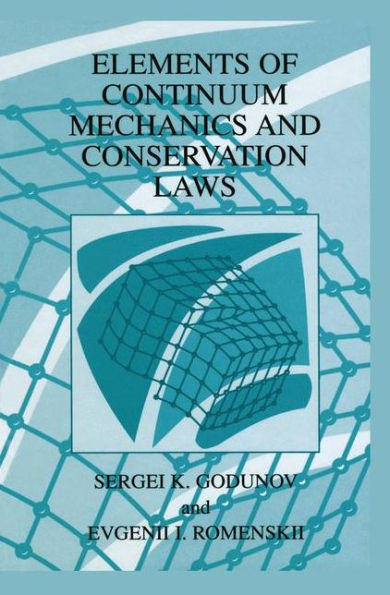The theory presented in this book stems from research carried out by the authors concerning the formulations of differential equations describing explosive deformations of metals. In such processes, elasticity equations are used in some zones, whereas hydrodynamics equations are stated in other zones. Plastic deformations appear in transition zones, which leads to residual stresses. The suggested model contains some relaxation terms which simulate these plastic deformations. Certain laws of thermodynamics are used in order to describe and study differential equations simulating the physical processes. This leads to the special formulation of differential equations using generalized thermodynamical potentials.
The theory presented in this book stems from research carried out by the authors concerning the formulations of differential equations describing explosive deformations of metals. In such processes, elasticity equations are used in some zones, whereas hydrodynamics equations are stated in other zones. Plastic deformations appear in transition zones, which leads to residual stresses. The suggested model contains some relaxation terms which simulate these plastic deformations. Certain laws of thermodynamics are used in order to describe and study differential equations simulating the physical processes. This leads to the special formulation of differential equations using generalized thermodynamical potentials.

Elements of Continuum Mechanics and Conservation Laws
258
Elements of Continuum Mechanics and Conservation Laws
258Paperback(Softcover reprint of hardcover 1st ed. 2003)

Product Details
| ISBN-13: | 9781441933997 |
|---|---|
| Publisher: | Springer US |
| Publication date: | 12/01/2010 |
| Edition description: | Softcover reprint of hardcover 1st ed. 2003 |
| Pages: | 258 |
| Product dimensions: | 6.10(w) x 9.25(h) x 0.24(d) |
